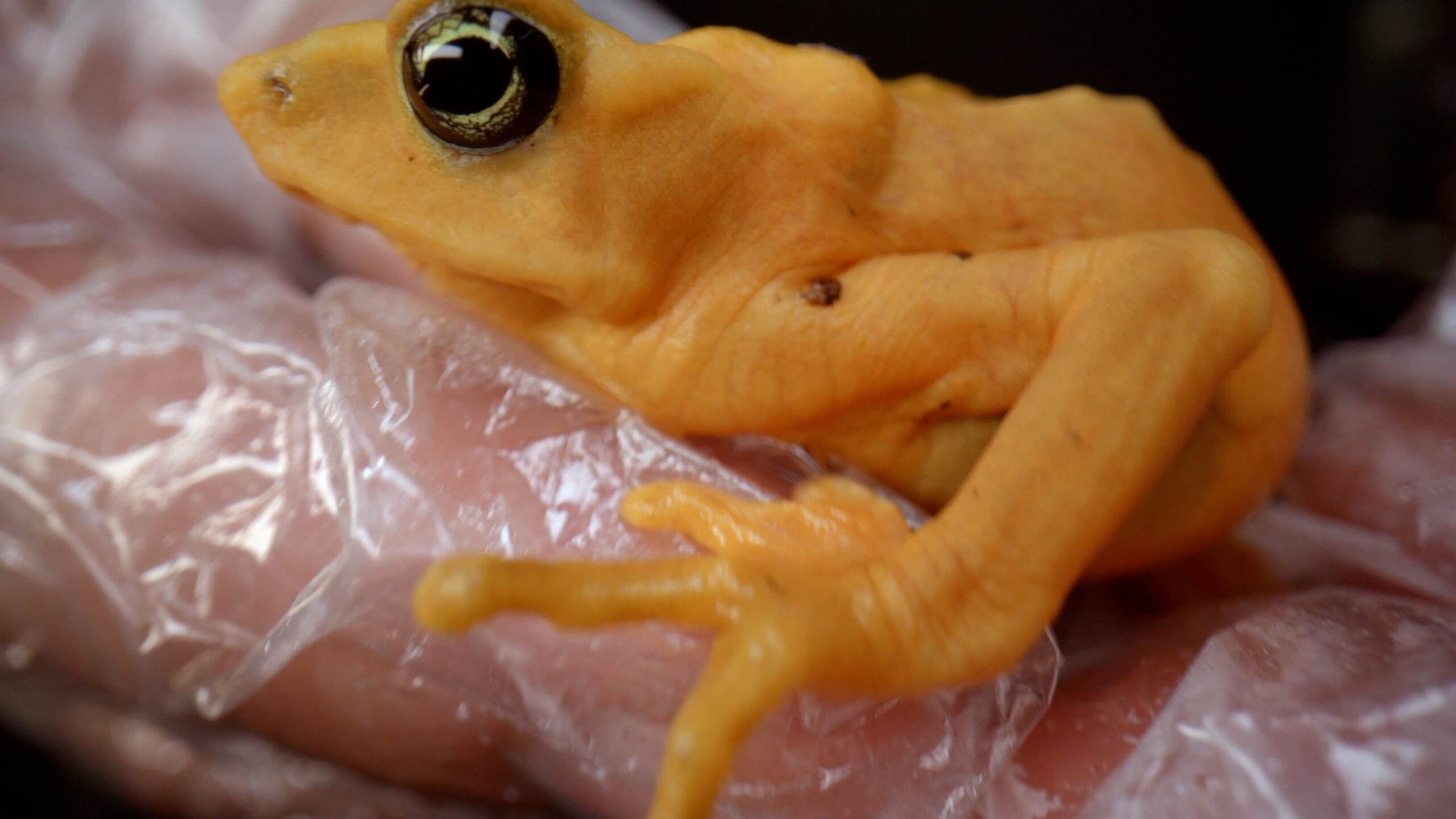In conservation, an insurance population is a breeding group of endangered plants or animals kept in captivity to ensure that the species won’t go extinct, even if it disappears in the wild. Examples of insurance populations include the Panamanian golden frog and the golden lion tamarin of Brazil.
To create a viable insurance population, conservationists must breed the species at a rate that maintains or grows the captive population without any influx of new individuals. Generally, these populations are maintained by zoos and conservation facilities around the world, many of which work in global partnerships.
Insurance populations are typically reserved for dire situations, like that of the California condor in the 1980s or the Panamanian golden frog today. They can help buy conservationists time to address the root causes of a species’ rapid decline in the wild. These populations also enable researchers to find out more about the species — and to measure and maintain their genetic diversity. And the end goal is always to release the individuals — or a future generation — back into the wild.
